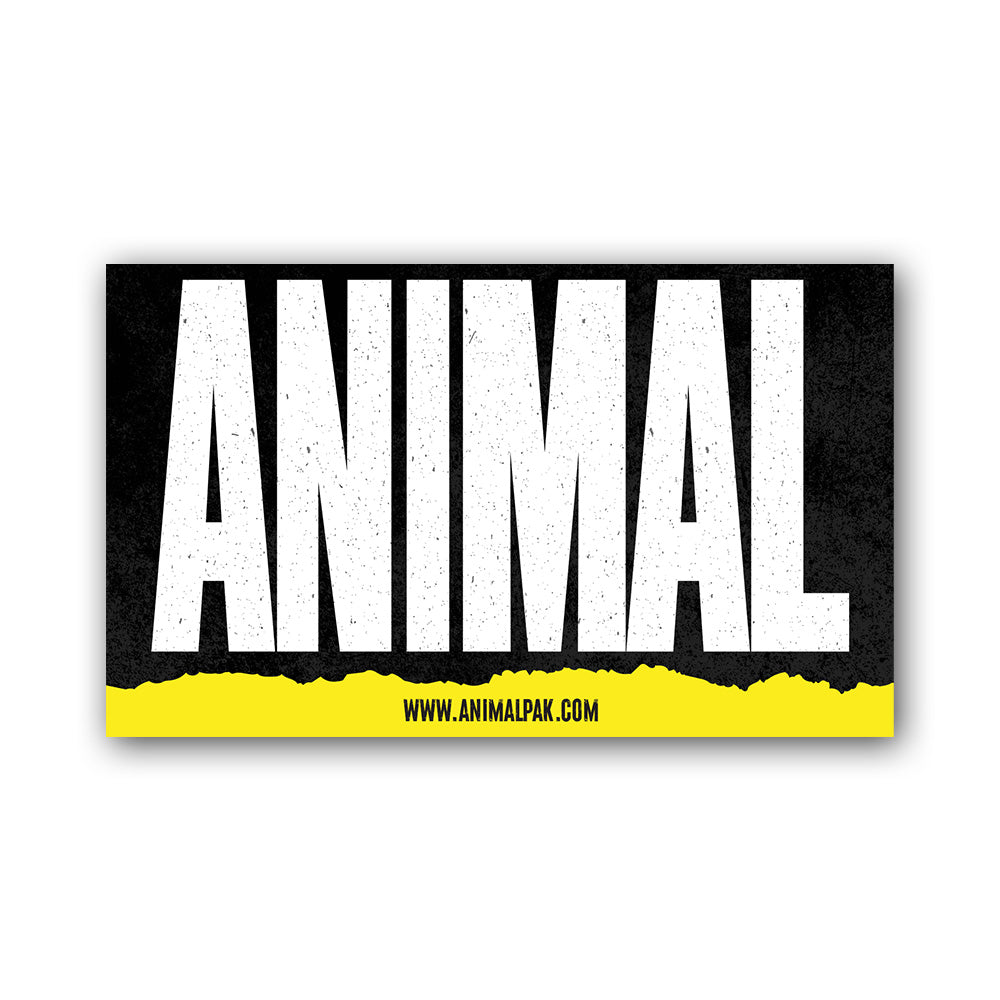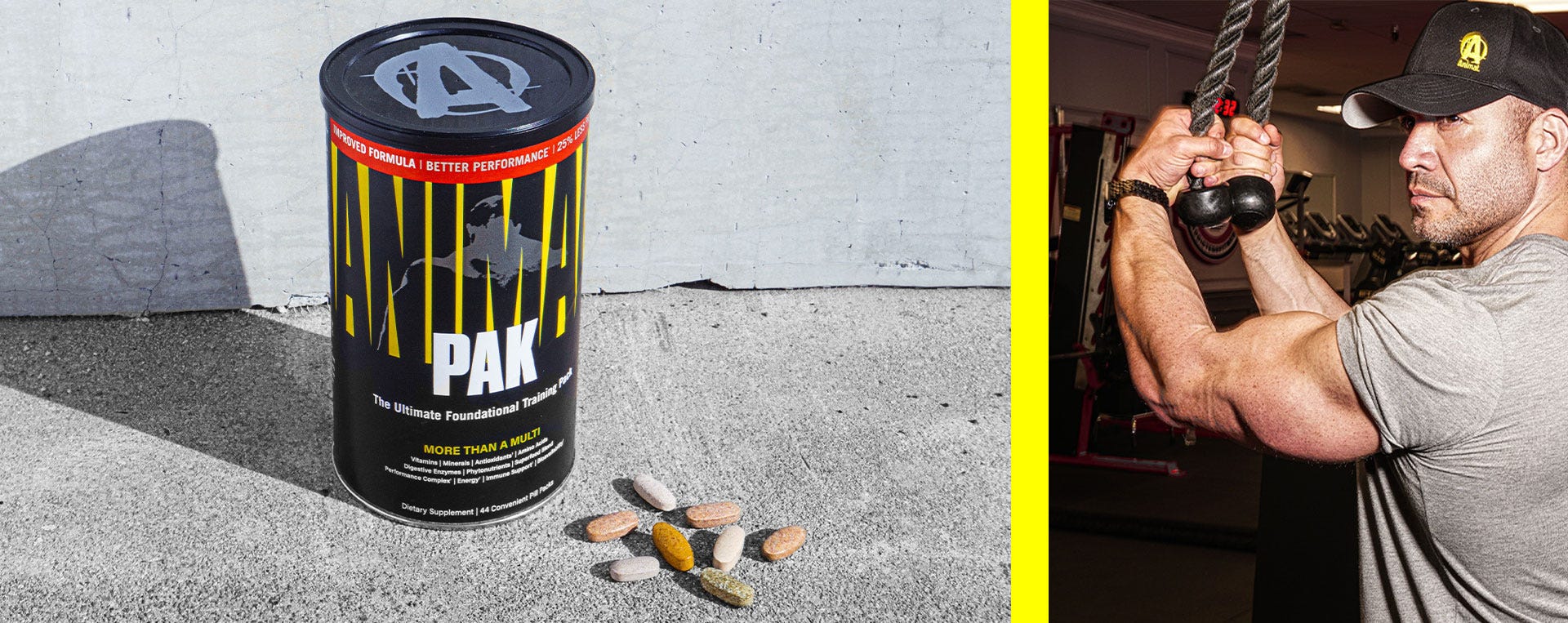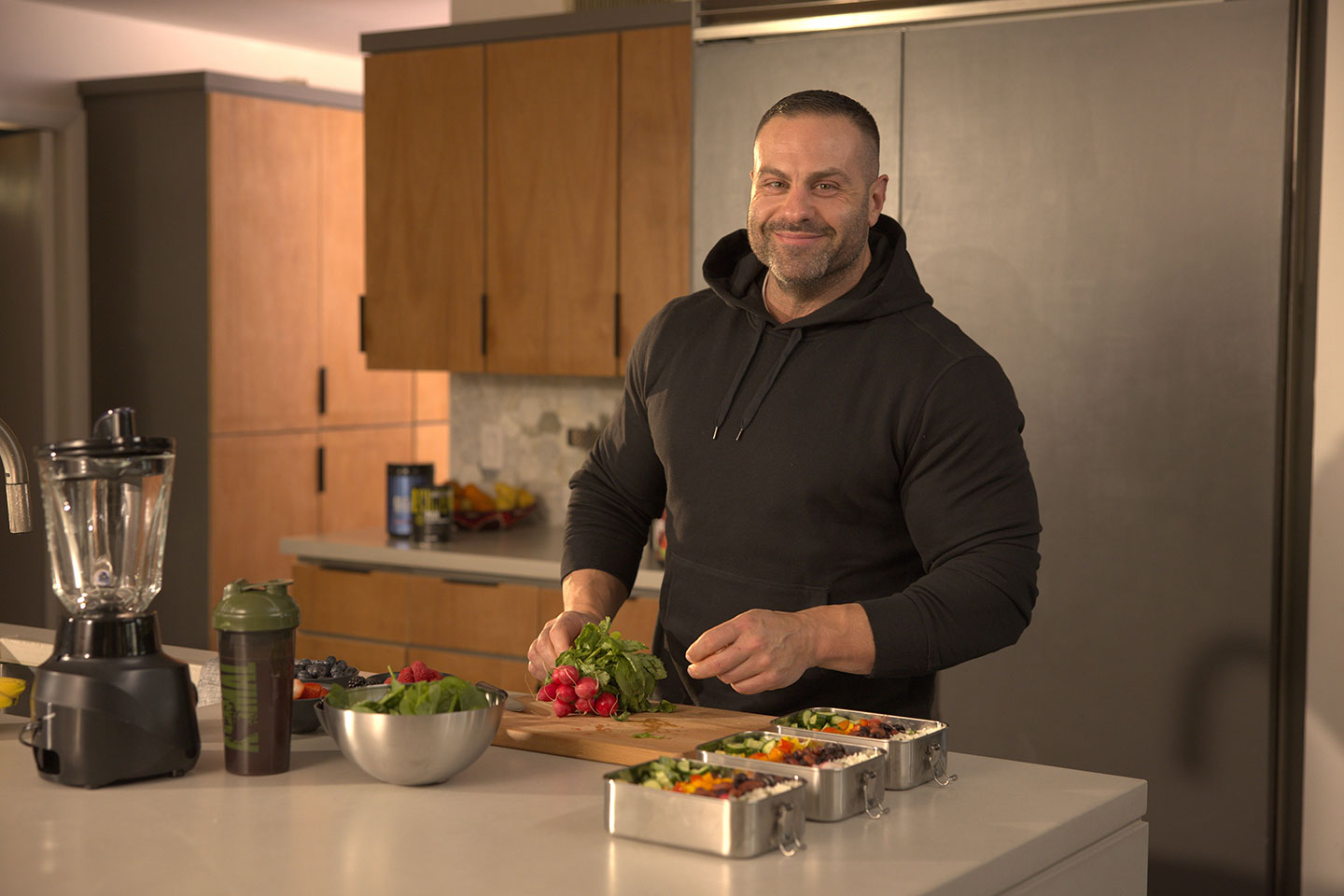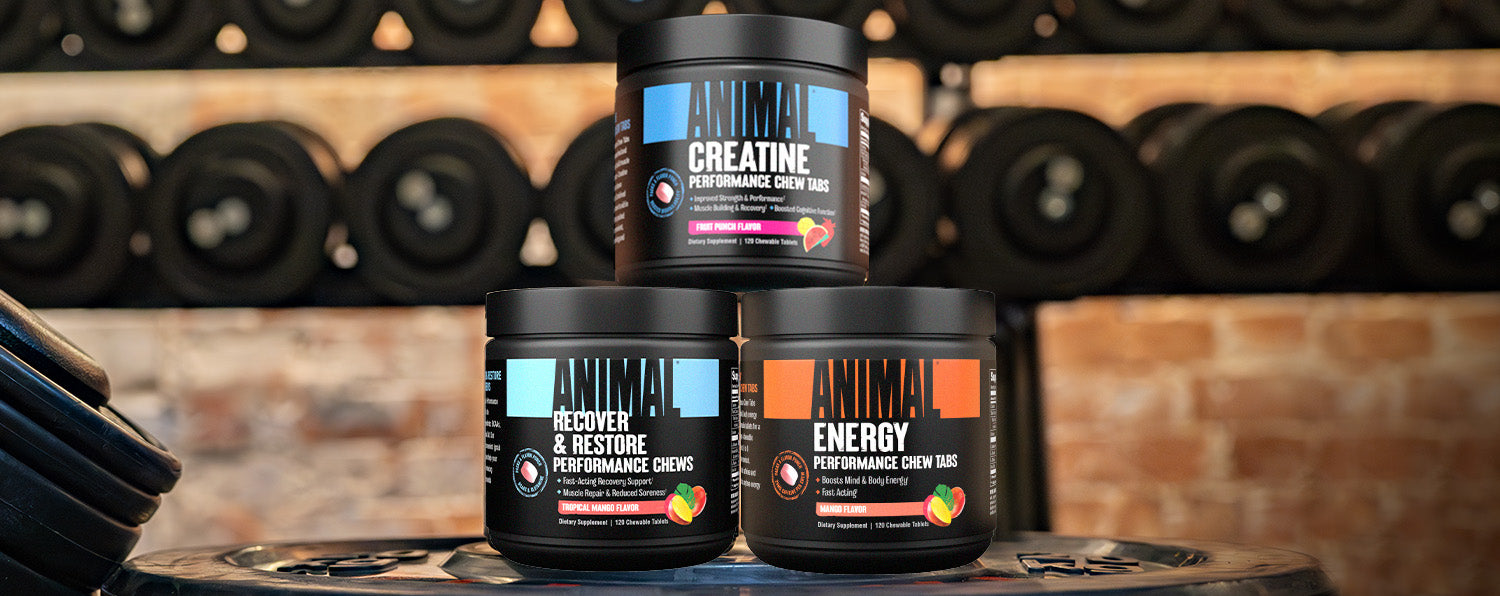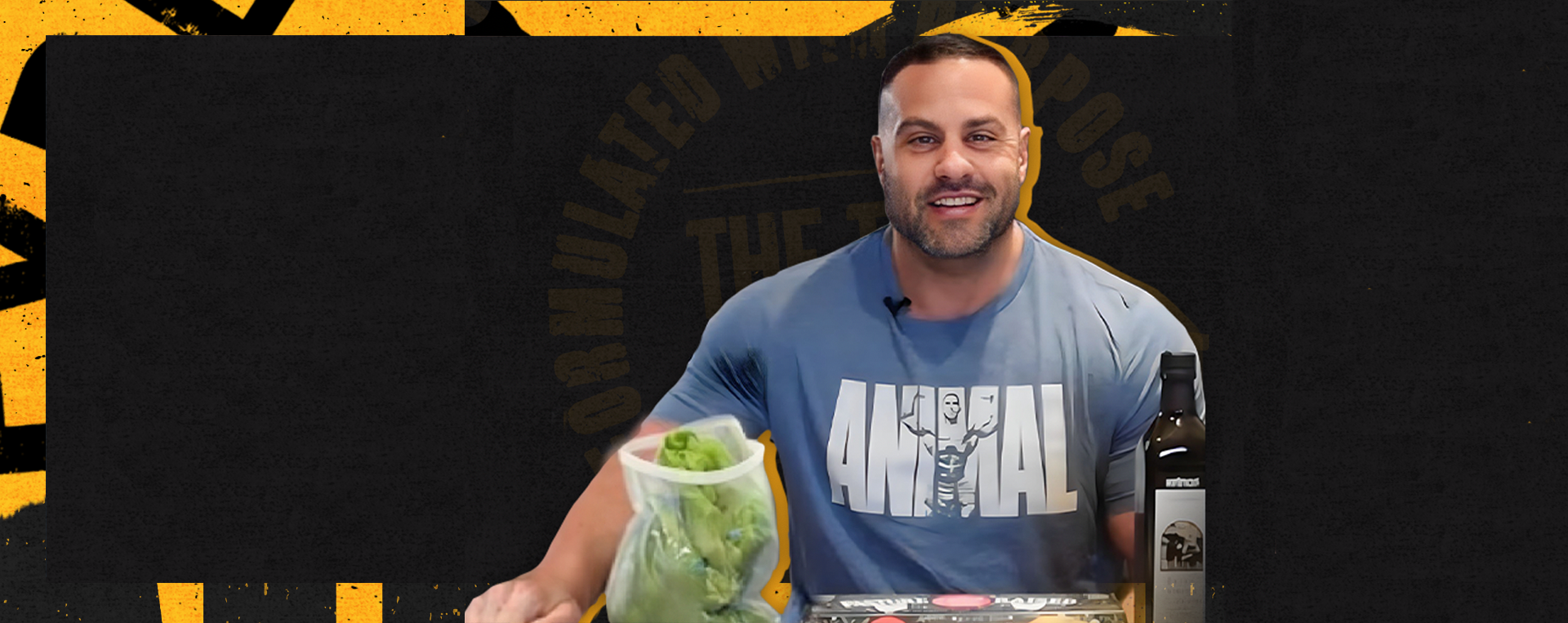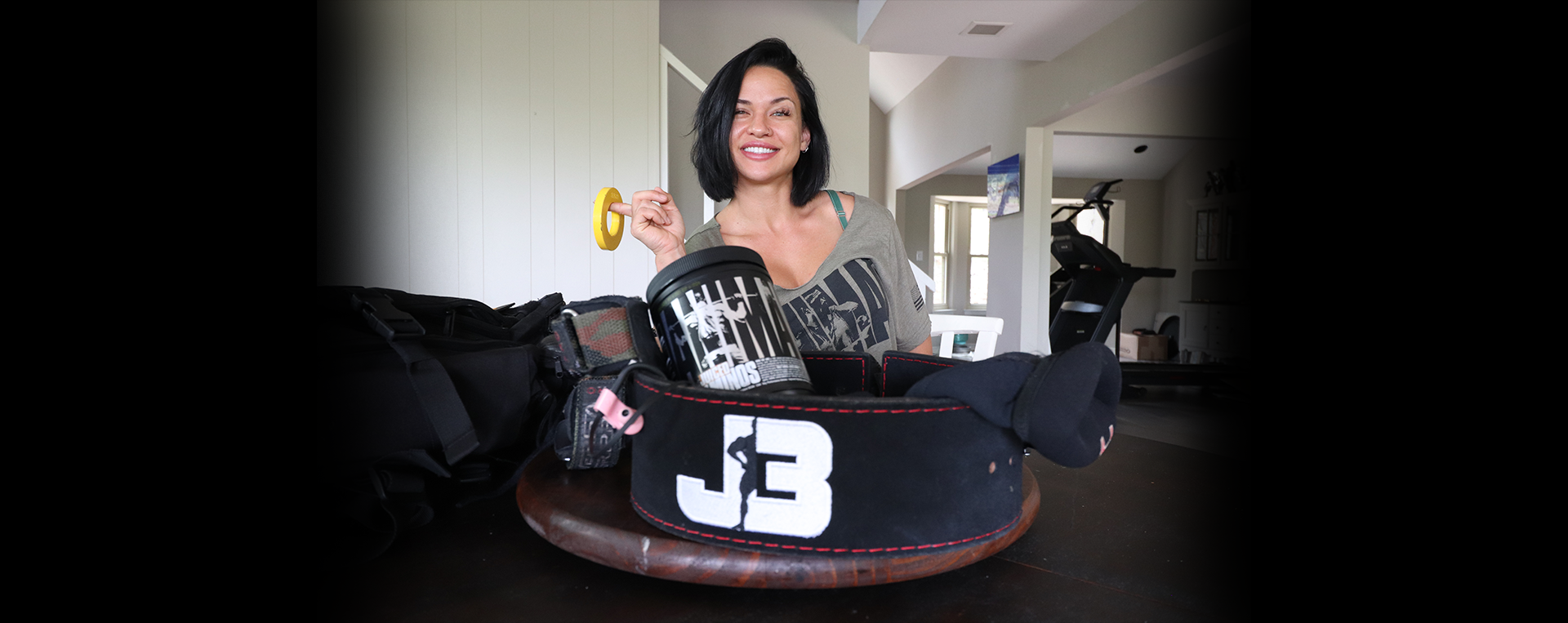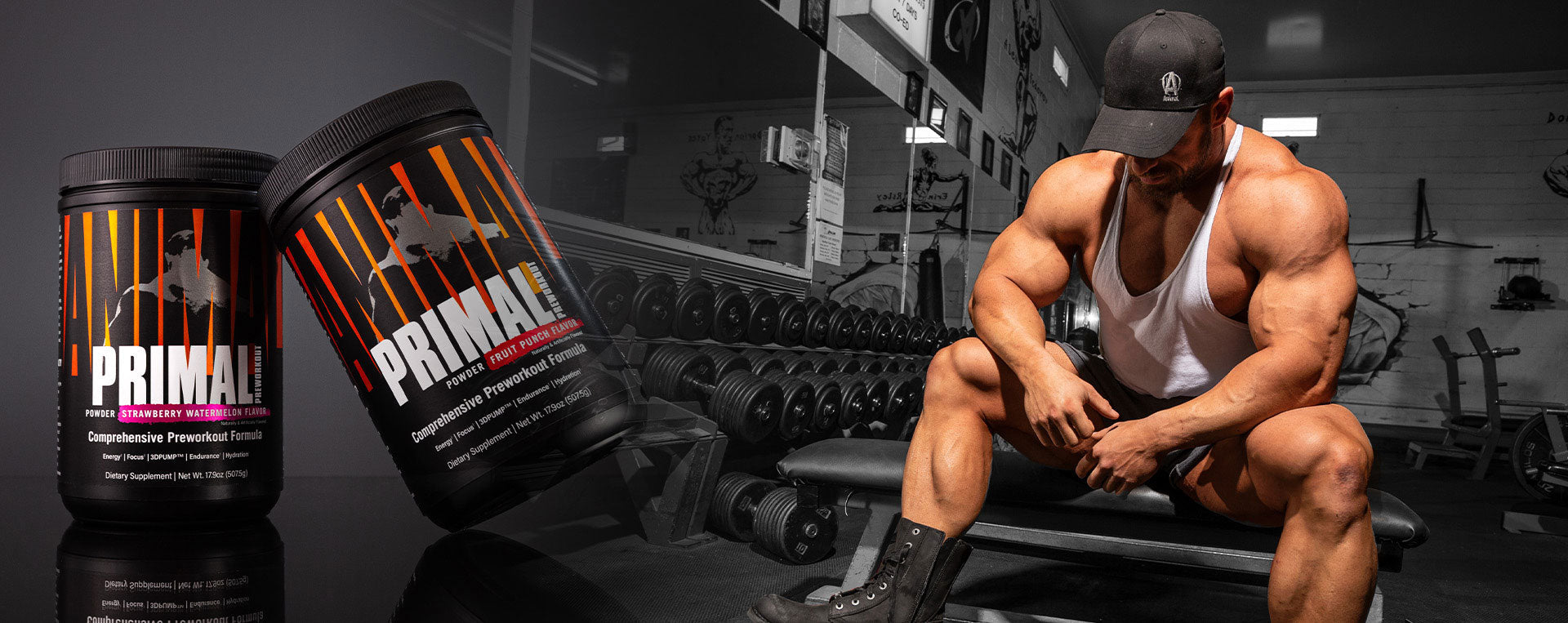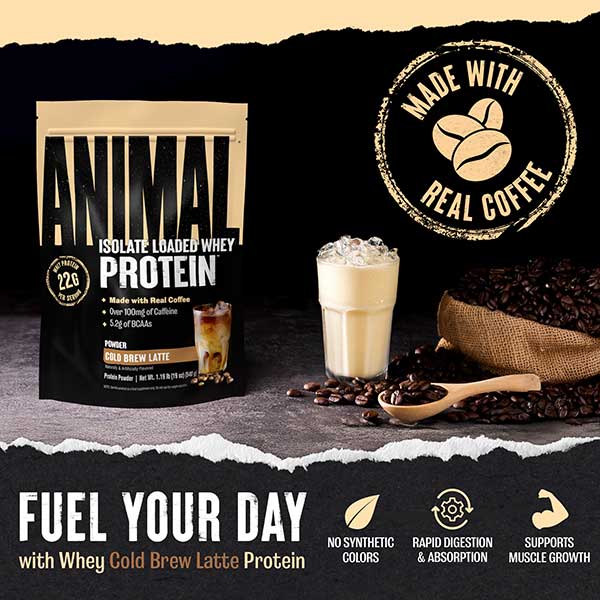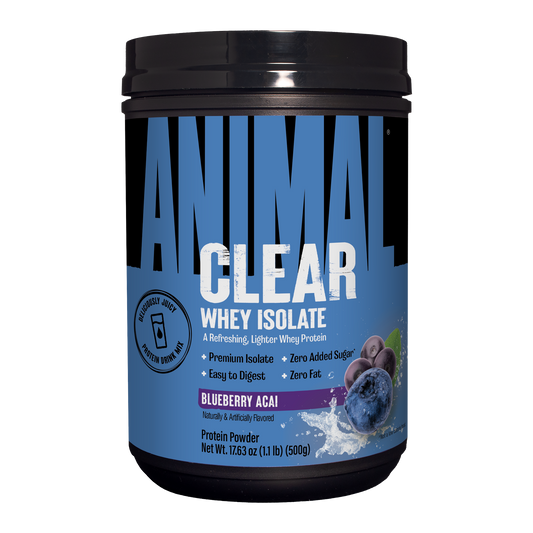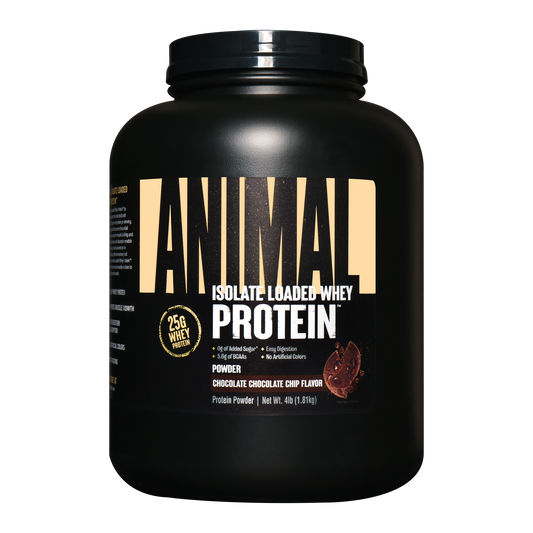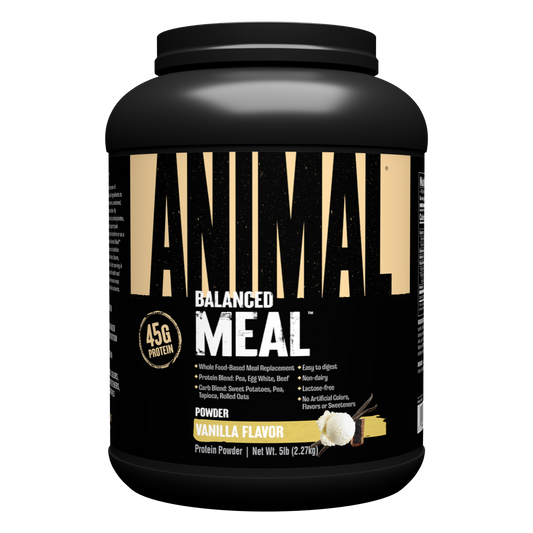It’s almost that time of year again—it’s starting to cool down outside and many of us will soon begin changing gears. The contest season will wind down, we’ll start wearing more clothing, and being at the lowest possible percent body fat will no longer be so important. Traditionally, this has been the time that bodybuilders and various other athletes use to gain as much size and strength as possible. While everyone has their own nutritional approach to gaining mass, I’m going to offer mine in the hope that it might be at least a little helpful to you. Let’s start with the basics.
Although I will detail which Animal supplements I use in my off-season when I’m going for all-out size and strength, I’d first like to discuss my nutritional approach. Whether you are a world class athlete or a person who works a desk job and never steps foot in a gym, what you eat is of the utmost importance. The foods you consume have everything to do with the way you look, feel, and perform. When it comes to gaining mass, whole food is your greatest tool. Whole food is natural and it is what your body prefers—thousands of years of evolution don’t lie. When I’m on a quest for ultimate mass, I start with my protein requirement. Personally, I do well eating 1.5 g per pound of body weight. At 280 pounds, that would be 420 g of protein per day. From there, it’s brutally simple. I take in the same number of calories from all three macronutrients. Since carbs and protein each have 4 calories per gram and I’ve already determined that I’ll be taking in 420 g of protein, that’s 1680 calories. So I know I’ll be consuming 1680 from each of the three macros: 1680 from protein, 1680 from carbohydrates, and 1680 from fats. That’s 420 g, 420 g, and 190 g respectively. Simple. That lands me at around 5,000 calories per day spaced out over 5 meals. If I feel like I’m able to consume more and it is beneficial to do so, I increase my food intake. However, before we go any further, we have to remember that while calories are king and macronutrients can be tailored to optimize our approach, we would be smart to consider all things. A macro approach is helpful, but sometimes we are best served by making sure we have all the correct elements in place rather than simply piling on more of the same.
Just as we are sure to consume enough calories and just as we seek to balance our macronutrient intake, we cannot forget how crucial it is to make sure we have the right micronutrients in place. When our diet is deficient in vitamins, minerals, and essential fatty acids, all the metabolic processes that we seek to optimize are instead compromised. Despite all the food I might consume, I can’t guarantee that I’ll always consume the ideal variety of micronutrient-dense foods. Monotony and a tendency toward certain foods is inevitable. For that reason, Animal Pak and Animal Omega are mainstays in my regimen all year long. Whether I’m gaining mass or dieting, I include them religiously. An optimized intake of vitamins, minerals and EFAs helps to ensure that I make full use of all the food I consume.
Animal Nitro is another tool in my mass gaining approach. Animal Nitro is comprised of free form essential amino acids. The beauty of free form amino acids is that they can be absorbed directly into the bloodstream; you can achieve an almost immediate and incredibly convenient spike in blood amino acids levels at key times without shoving more food down your throat. Eating to gain mass can become very difficult when you start to feel like you simply don’t have any room for more food. On top of that, while it may be beneficial to have an increased blood level of amino acids during training, it’s not feasible to eat a meal during that time. Animal Nitro allows me to ingest a large amount of easily assimilated amino acids during my training. This isn’t only theoretically beneficial but something that I have done firsthand over the years for myself and the people I train. This is also a common practice among many top professional bodybuilders—they will attest to the improved recovery, muscle size, and strength from doing this regularly. Keep in mind free form amino acid utilization is almost 100% while that from whole foods is around 30% at best. You’d have to eat 60+ grams of whole, peptide-bonded protein to yield that same 20 g. It can be massively beneficial to be able to take in a large amount of easily utilized amino acids at a key time, such as during training, and do so without taking up any extra real estate in your stomach.
Speaking of real estate in your stomach, it can become severely limited when eating a large volume of whole food for mass. While whole food must be the foundation of a sound nutritional strategy, there will come a time when you won’t be able to add another meal to your regimen because of your daily schedule or the thought of eating another meal is enough to make you vomit. I have used Animal Meal for this exact purpose many times—as a way to build up to an additional meal. For me, five whole food meals daily is challenging. Over and over I have successfully used Animal Meal to either permanently serve as my 6th meal or to serve temporarily as my 6th meal until I am able to cross over to another whole food meal. Of course, I also use Animal Meal any time my schedule doesn’t allow me to sit down to a meal or when I’m looking to add quality extra calories but can’t stomach more whole food.
Last but certainly not least is Animal Flex. Although Animal Flex isn’t something I ingest for calories or extra nutrition, it is a true life-saver when I’m gaining size and strength. Just as micronutrient inadequacy can serve as the weakest link in a person’s diet, painful joints can stonewall your efforts in the gym just the same. For most of us, as we get bigger and stronger, discomfort starts to settle in. Eating massive amounts of calories can have inflammatory consequences, and pushing new weight for new reps in the gym can also take its toll. The last thing any of us wants is to be unable to take full advantage of all the food we are consuming because joint pain is leading to lackluster training. Any experienced lifter will tell you that training with one foot on the brake with the other on the gas is an overwhelmingly frustrating and inefficient place to be. Animal Flex is valuable insurance against that.
When it comes to gaining mass, I’d be remiss if I didn’t say that your approach should be built around intense training and adequate amounts of high quality food. That said, we would be smart to lean on key supplements to do just that: supplement our diets in strategic ways. As much as I would love to only consume whole foods, I have found that including certain products is a no brainer and allows me to gain the maximum amount of size and strength in the most efficient way I know. Using Animal Pak and Animal Omega to cover any micronutrient gaps while using Animal Meal and Animal Nitro to provide the greatest nutritional impact when I just couldn’t eat any more whole food not only makes sense in theory but has been proven effective in practice. Not to mention, Animal Flex has saved my training more times than I can count. In the end, my advice is to eat like a champ but don’t be afraid to include the right supplements in a meaningful way.




